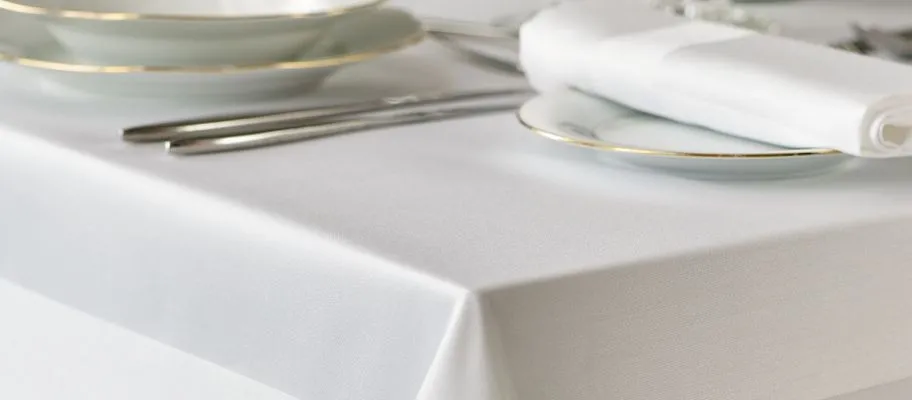Bed Linen Fabric Developments: Checking Out Modern Trends and Creative Applications in Layout and Fabric Industry
From sustainable production methods to advanced weaving innovations, the development of bed linen is improving the landscape of the fabric sector. As we dive right into the realms of innovative style applications and the appearance of bed linen blends and crossbreed textiles, a brand-new chapter unfolds in which linen's duty in future fabric innovations takes center phase.
Sustainable Practices in Bed Linen Manufacturing
Lasting methods in linen manufacturing have actually come to be progressively critical in the textile sector's efforts to reduce ecological impact and promote moral sourcing techniques. Linen, an all-natural fiber acquired from the flax plant, provides an array of benefits such as durability, breathability, and biodegradability. Nonetheless, conventional approaches of linen manufacturing can involve substantial water consumption, chemical use, and energy-intensive processes.
To resolve these difficulties, several textile suppliers are adopting lasting practices throughout the linen manufacturing process. This includes sourcing flax from natural farms that prevent unsafe pesticides and chemicals, carrying out water-efficient retting techniques to essence fibers from the flax stalks, and making use of environment-friendly dyes and finishes. Furthermore, some firms are spending in sustainable power resources to power their production facilities and minimizing waste via recycling and upcycling initiatives.
Technical Innovations in Linen Weaving
With the growing focus on lasting practices in linen manufacturing, the textile industry is now observing a surge in technological improvements especially focused on transforming the art of bed linen weaving. These technologies are reshaping the method bed linen materials are generated, offering boosted performance, top quality, and creativity in weaving techniques.
One of the crucial technical improvements in bed linen weaving is the combination of digital looms. These innovative looms are outfitted with software program that enables intricate and complex designs to be woven with precision. By digitizing the weaving procedure, manufacturers can achieve better consistency and accuracy in their bed linen textiles.
In addition, innovations in thread spinning modern technology have actually allowed the production of finer and more long lasting linen yarns - table cloths. This causes softer and smoother bed linen textiles that maintain their high quality even after multiple uses and cleans
Furthermore, the advancement of environment-friendly dyeing procedures and finishes for bed linen materials is acquiring traction. These lasting methods not only lower the environmental impact but additionally cater to the enhancing consumer need for ethically created fabrics.
Creative Design Applications for Linen
Innovative creative strategies are increasingly shaping the imaginative design applications for bed linen in the fabric sector. Linen's natural visual appeal and capability to mix with various other fabrics make it a preferred selection for creating distinct garments and accessories that cater to the eco aware consumer.
Furthermore, developers are trying out linen in home decoration, using its resilient and breathable nature to craft elegant home furnishings such as drapes, bedding, and furniture. The appearance and drape of bed linen bring a sense of elegance and comfort to interior areas, including a touch of style to modern-day homes.

Bed Linen Blends and Crossbreed Fabrics

Hybrid materials, on the various other hand, take the principle of blending a step better by integrating additional elements such as this page metal threads, recycled products, or conductive fibers. These ingenious textiles not just broaden the design possibilities yet likewise introduce useful elements like conductivity, antimicrobial homes, or enhanced longevity. Hybrid fabrics are significantly being utilized in numerous industries, consisting of fashion, interior decoration, and technological textiles, where the need for multifunctional materials gets on the rise.
Linen's Duty in Future Textile Innovations

In the realm of future fabric technologies, linen is expected to be a crucial gamer in the development of advanced practical textiles. Scientists and designers are discovering means to enhance linen's intrinsic top read what he said qualities through technological improvements, such as including clever textiles, nanotechnology, and performance surfaces. These advancements intend to boost bed linen's efficiency characteristics, making it appropriate for a wider series of applications, from activewear to safety garments.
In addition, the mix of bed linen with various other all-natural or artificial fibers opens countless opportunities for developing unique fabrics with special buildings and capabilities. By leveraging bed linen's features and discovering cutting-edge blends, the fabric market is poised to introduce interesting advancements that accommodate developing consumer needs and sustainability requirements.
Verdict
To conclude, the expedition of sustainable practices, technological innovations, imaginative layout applications, linen blends, and its function in future textile technologies highlight the continual development of linen textile in the contemporary style and textile sector. With a concentrate on development and creativity, the convenience and environment-friendly nature of linen make it a valuable product for suppliers and designers alike, leading the way for additional developments and innovations in the field of textiles.
As we dig into the worlds of creative layout applications and the introduction of linen blends and crossbreed fabrics, a brand-new chapter unravels in which linen's duty in future textile technologies takes center phase.
Checking out the fusion of bed linen with various other materials has led to the introduction of innovative blends and crossbreed textiles in the contemporary fabric market. Bed linen blends provide an one-of-a-kind combination of the features of linen with those of various other fibers, resulting in fabrics that possess boosted homes such as increased toughness, improved draping, and minimized wrinkling.The advancement of linen blends and crossbreed textiles has established the phase for Linen to play an essential duty in driving future textile advancements.In the world of future textile advancements, bed linen is expected to be an essential gamer in the development of innovative useful materials.